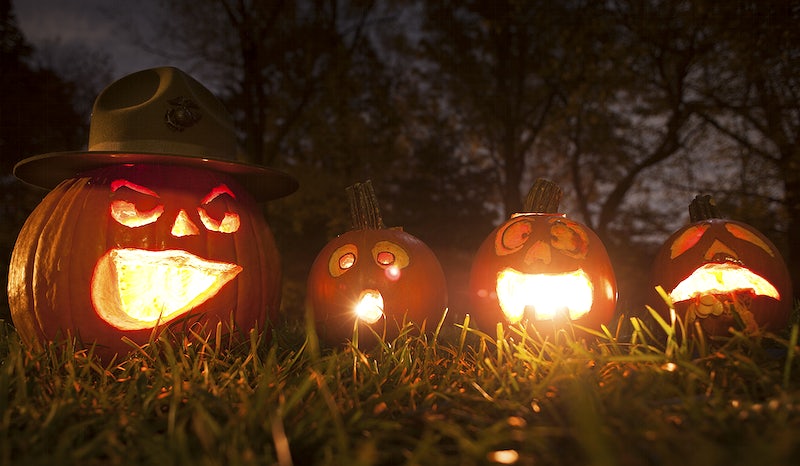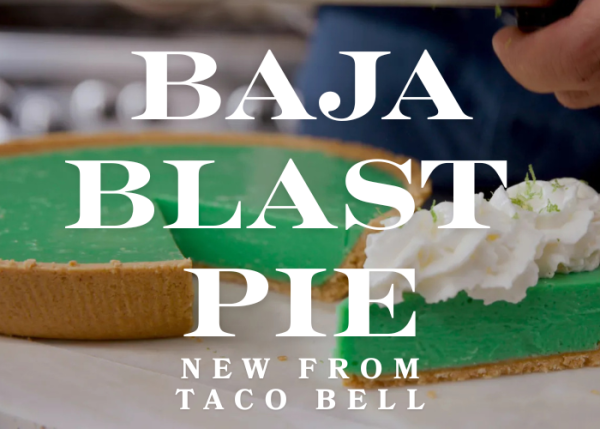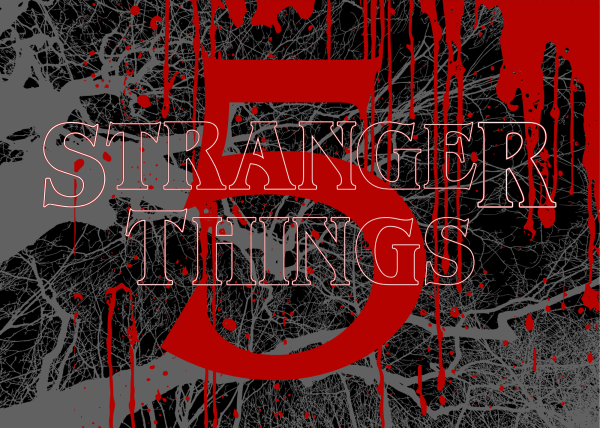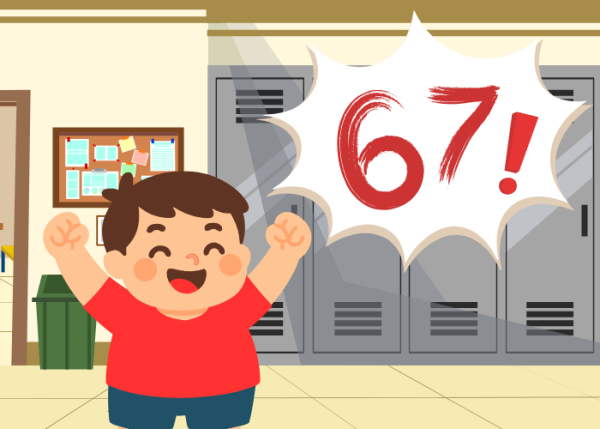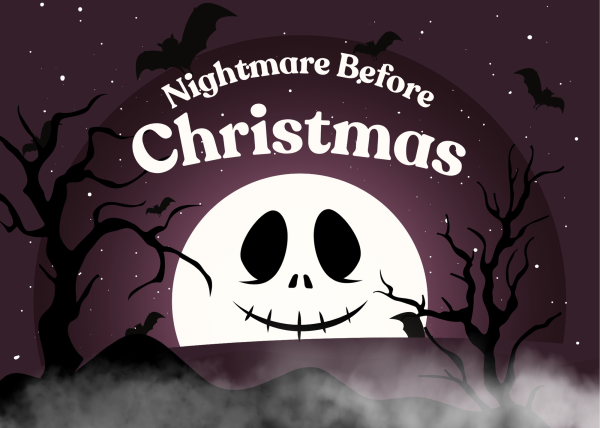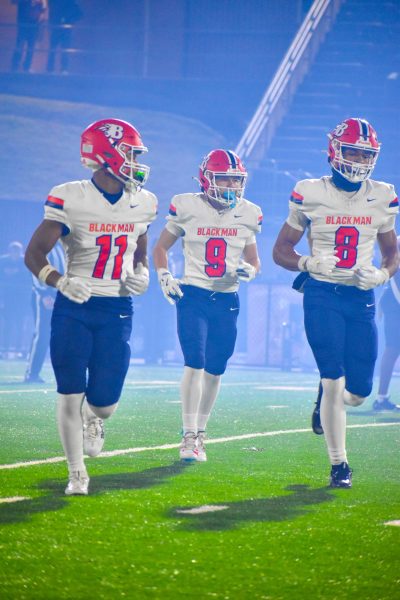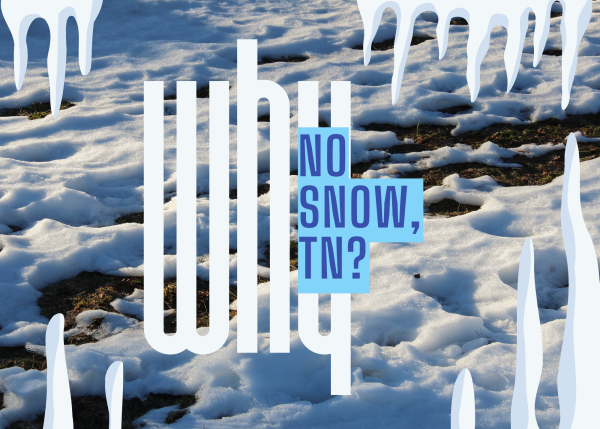Halloween’s Haunted History
rawpixel.com / U.S. Marine Corps
Halloween jack o lantern made with carved pumpkins. Original public domain image from Flickr
People have spent October watching scary movies, carving pumpkins, and shopping for costumes. It is now Halloween night, and kids are dressed up in costumes, running up to doors, screaming “Trick or Treat,” while adults gift them with candy from their doorstep. The kids continue to run off to the next house to fill up their baskets, their parents following as chaperones.
Teens dress up a little bit differently than the kids, hanging out with their friends and attending parties. Haunted Houses are booming. Employees at Spirit Halloween are laughing while customers almost pee their pants when they walk in the door.
But why? Why is Halloween celebrated? Where did it come from? How long has it been celebrated for?
Halloween dates all the way back to the 8th century, nearly 2,000 years ago. It was a religious day for Celtic people to celebrate the end of the harvest. The day was named, “All Hallows’ Eve,” and eventually, “Halloween.”
The Celtic people believed the souls of the dead would come back to life and visit their homes.
According to www.history.com, “The tradition originated with the ancient Celtic festival of Samhain, when people would light bonfires and wear costumes to ward off ghosts.”
This tradition, over time, evolved to what trick-or-treating is today.
October 31st marked the end of an era: no more fun days under the sun. Welcoming the cold, dark winter season that is related to dead people.
The same site also states, “Celtics believed that on the night before the ‘new year,’ the boundary between the worlds of the living and the dead became blurred.”
November 1st was named “All-hallows” or “All-Hallowmas.”
Where do pumpkins come into the picture?
There is a story behind this that includes a man named Jack, which is why it is referred to as jack-o’-lanterns. Ireland was where it originated.
According to www.britannica.com, “Their origin comes from an Irish myth about Stingy Jack, who tricked the Devil for his own monetary gain. When Jack died, God didn’t allow him into heaven, and the Devil didn’t let him into hell, so Jack was sentenced to roam the earth for eternity. In Ireland, people started to carve demonic faces out of turnips to frighten away Jack’s wandering soul. When Irish immigrants moved to the U.S., they began carving jack-o’-lanterns from pumpkins, as these were native to the region.”
This tradition carried on for centuries. Today, people pick pumpkins and get together to carve out scary and funny faces.
How did Halloween evolve?
The meaning of Halloween has obviously lightened up through the years. As it has kept the unique theme of fear, the Celtics’ traditions did not last completely; although, they have inspired what Halloween is.
According to www.history.com, “Over the ages, the holiday evolved, taking on Christian influences, European myth and American consumerism. Today, Halloween is celebrated with trick-or-treating, costumes, jack-o-lanterns and scary movies—all things which would likely be unrecognizable to those who took part in the holiday’s earliest forms.”
Why has Halloween stayed a holiday for so long? Do people really like being scared?
Aside from the fact that Micheal Myers creeps a lot of people out, dressing up for Halloween is exciting for a lot of people. It’s one day that people can take a break from being themselves and pretend to be someone else.
Additionally, every person feels fear. People feel the rush of adrenaline, especially during this holiday.
Kidshealth.org states, “Fear helps protect us. It makes us alert to danger and prepares us to deal with it. Feeling afraid is very natural — and helpful — in some situations. Fear can be like a warning, a signal that cautions us to be careful.”
Halloween is filled with scary movies, activities, costumes, etc. The holiday brings out this emotion that all humans share, and helps us to accept it.
This year, as everyone celebrates this fun-filled holiday, let’s recognize the history, embrace the new traditions while appreciating the old, and hope for more treats than tricks.
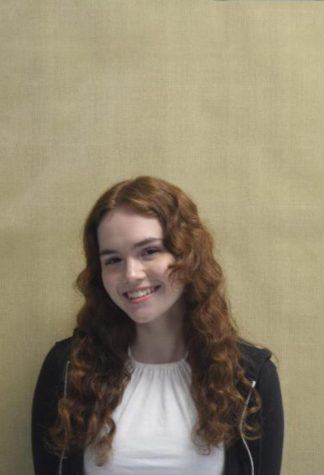
I am a senior, and my pronouns are she/her. My hobbies include playing guitar, writing, finding new music, shopping, and working as a shift lead at my...


